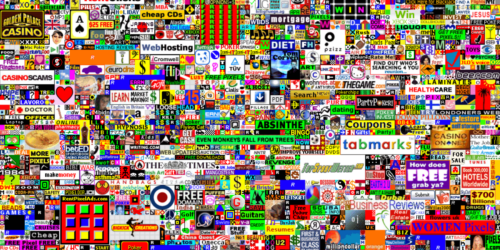You’ve got your streaming video service ready. Now it’s time to monetize. Streaming video has become increasingly lucrative, with Forbes estimating that in 2023 alone, there were 1.8 billion subscriptions to online video streaming services. This is expected to increase by 20.7% by 2027. The difficulty with deciding how to monetize is wading through the alphabet soup. Should you choose AVOD, BVOD, FAST, SVOD, TVOD, or HVOD for your OTT? In this article, we’ll look at each option and determine when they’re the best option.
AVOD
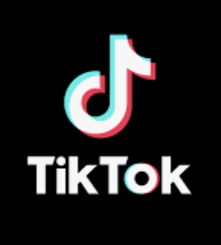
AVOD stands for Advertising-Based Video on Demand. This monetization model is expected to achieve a revenue of 48.3 billion dollars by 2024, with an annual compound growth rate of 9.53%. It’s best to offer people access to content if they agree to advertisements. Typically, because this type of service can be offered to viewers at a lower rate or even for free, this model results in more subscriptions and revenue. This is especially true if the AVOD model is paired with SSAI for serving ads since it guarantees the ads get viewed, resulting in more advertising dollars for you.
Another benefit is being able to reach a wider audience, particularly if the content is free aside from the viewer agreeing to watch ads. The most famous examples of AVOD include TikTok, Facebook Watch, YouTube, and Instagram.
BVOD
BVOD (also sometimes called… just VOD) is for Broadcaster Video on Demand. The market for the BVOD monetization model was estimated to reach around 444 billion in 2023. This service lets viewers access internet content through established networks and TV channels.

Available video is often a mixture of options, from free, to free to watch if the viewer agrees to view ads, to paid subscriptions. The benefit of BVOD is flexibility. You can offer content to viewers in different tiers based on how much they’re willing to pay and/or view ads.
Examples of BVOD include BBC iPlayer, which lets users access free video on demand and streaming content from BBC channels, and services like Sling TV and NBC’s Peacock streaming service.
FAST
FAST is for Free Ad-Supported Streaming TV. It’s anticipated that this form of monetization will reach revenue of 9 billion dollars across the market. FAST overlaps with some of the terms we’ve gone through already – but where other models might mix and match paid and free content offerings, FAST is focused on offering content to viewers that’s ad-supported.
PPV
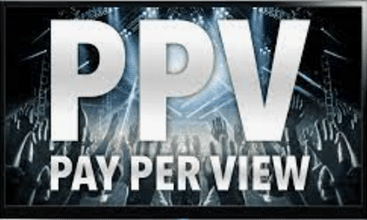
PPV is for Pay Per View. PPV most often appears as an add-on within a streaming platform. Viewers already pay for a subscription, and then with PPV have the option to pay more for specific, exclusive content, such as a boxing match. This monetization model does well because of its flexibility – viewers pay only for what they watch.
Well known sites that offer PPV include YouTube and Vimeo, where you can pay for exclusive content, or stick with free content.
PVOD
PVOD is for Premium Video on Demand. In this revenue model, OTT providers charge for early access to video content, for example a movie that was just in theaters but not yet available elsewhere. This type of service is usually an add-on through something like Netflix, Disney Plus, or other subscription based streaming video content models. You pay extra to get early access to collections of exclusive video content.
SVOD
SVOD is for Subscription Video on Demand. The revenue for this market tripled between 2017 and 2022, moving from 25 billion to 99 billion. It’s expected to increase further over time.
SVOD is any subscription service you’ve seen that offers video content, such as Disney+, Netflix, or Hulu. While these services can include ads, they often rely on viewers paying a monthly or yearly fee for access to content.
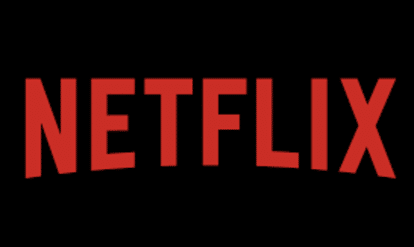
TVOD
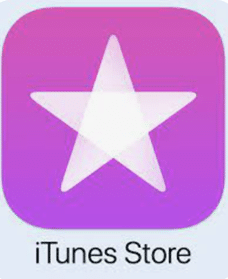
TVOD is for Transactional Video on Demand. This monetization model, where viewers pay to rent a movie or show, has an annual growth rate of about 9% and it’s estimated the market will have a value of over 13 billion dollars by 2028. This service is best when you’re offering content where viewers might prefer to pay as they go.
While TV and movies are offered through subscription based platforms, some viewers would rather buy content individually to watch it. TVOD does not include ads. Some popular TVOD platforms are iTunes Store and Apple TV.
HVOD for the Win
While the previously described services have their merits, you may find yourself thinking about how they overlap with one another a bit. That’s because it’s become increasingly popular to use HVOD, short for Hybrid Video on demand. While more focused monetization models may have worked best in the past, today’s consumers prefer options. Just one example is that Netflix recently decided to offer viewers the option of viewing ads in exchange for a lower subscription fee.
This combines SVOD with elements AVOD. Combining the different types of services allows video content partners to reach the most viewers with the most options for earning revenue. When paired with a SSAI configuration for including ads mixed with hybrid options like Broadpeak’s SmartLib SDK that lets you track ads on the client side, you get the best of everything, resulting in the biggest earnings.
Creating a Successful Platform Strategy
When creating a strategy, a few things must be remembered to ensure success. For best results, you need a diverse content library, not just in terms of genres or styles of video, but also content suited to different pricing models. Take the time to decide what audience segments you will attract with what kinds of content, and what types of payment models they prefer for their streaming video.
It’s also important to provide a smooth user experience. Ensure your platform is easy to use, and seamlessly delivers video to viewers.
Collect as much viewer data as possible to create the best marketing campaigns for your audience. Focus on targeted marketing strategies and strategic partnerships to expand reach, enhance content offerings, and utilize customer data for tailored user experiences.
Use Average Revenue per User (ARPU) as a key metric that all teams working on your streaming platform strive to increase. By having a metric everyone can focus on, it’s easier to coordinate interdepartmental efforts that lead to the desired outcome – more revenue per user on your platform.
Conclusion
Most successful video content platforms today employ a combination of features, even if one particular style of video platform is prominent in the design of the offering. What’s key to remember is for your service to:
- Run ads and content smoothly
- Provide a clean, engaging user experience
- Serve appropriately targeted ads
- Monitor your system for ways to improve








